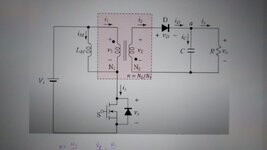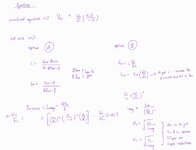Patrick_66
Member level 3
Hello everyone, can you guys give me some recommendations for the IC to provide a constant current LED driver for the flyback converter in boundary conduction mode? Mainly it is used for low power applications something like a constant current of 350 mA at the output even though i keep on increasing the load (adding more LED in series). Thank you in advance.

